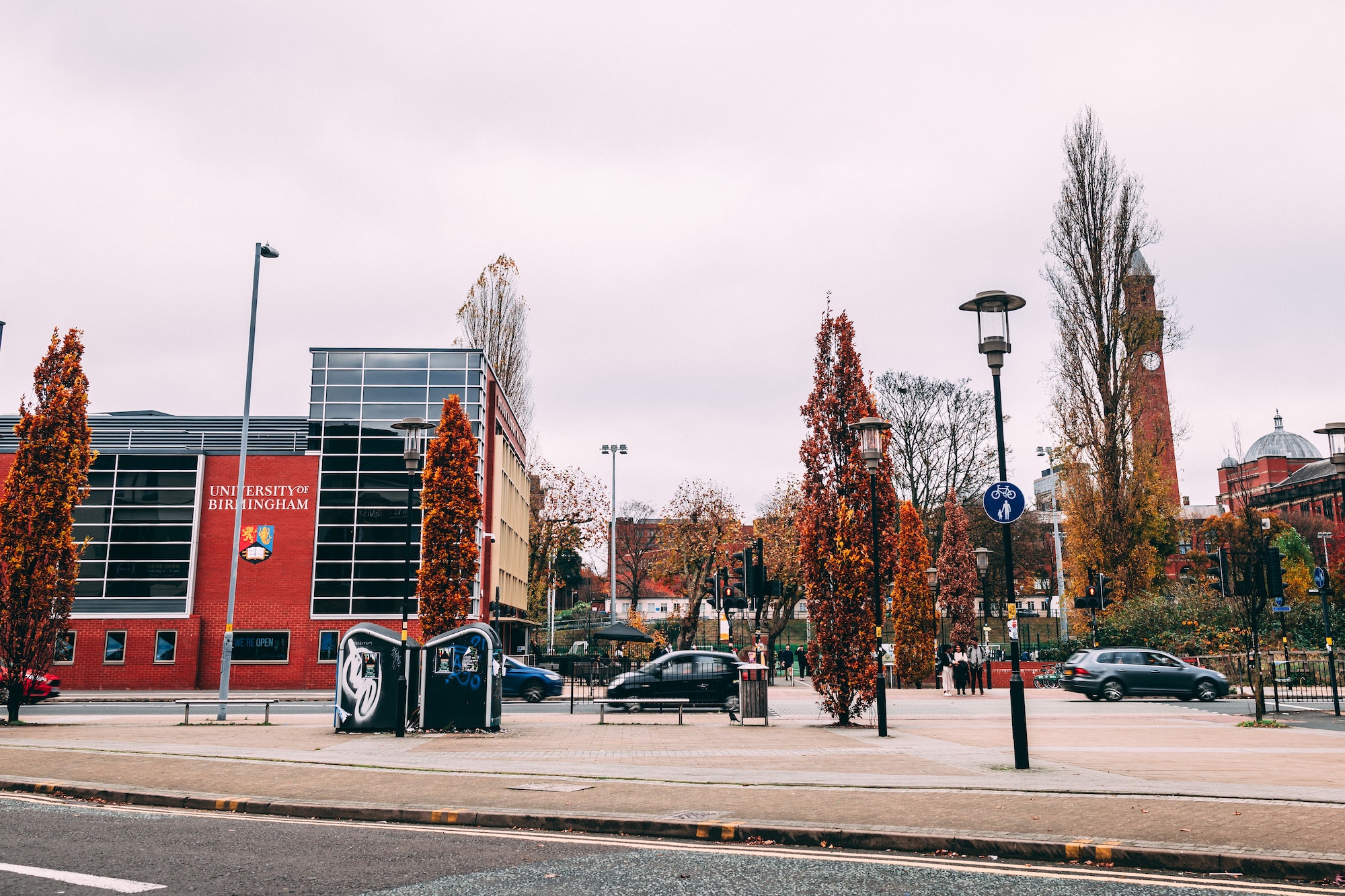
Life&Style Writer Niamh Nicholls outlines the benefits of house plants and how to care for them
House plants have been gaining increasing popularity for years now, but what’s all the hype about? House plants are very low maintenance and can easily help perk up a room, giving spaces a fresh and clean feeling. As well as being aesthetic, many house plants offer health benefits and air-purifying qualities. There is the misconception that house plants are very expensive, but this is simply not the case, so we’re sharing our tips on where to get the cheapest houseplants in the area. It is also important to know that with buying houseplants, comes specific methods of caring for individual plants.
Aloe Vera – IKEA £7.50
Aloe Vera is widely known for its healing properties. The gel inside its leaves is packed with vitamins A, B, C and more, and aids in healing burns, cuts and even acne scars. The plant purifies the air of formaldehyde and benzene, two popular chemicals found in most cleaning products. Aloe Vera thrives best in sunny spots, so place the plant by a window where it can absorb loads of sunlight. When watering your Aloe Vera, less is more! Water once a month to avoid flooding your plant.
Although low maintenance, Aloe Vera sometimes may be in need of extra water, so if you notice the ends of your leaves curling up, treat your plant to some more H20. If the tips of your leaves are turning brown, it means your plant has had too much sun, so reposition your plant to a shadier spot until the brown ends return green. And if your leaves are growing out straight instead of up, it means your Aloe Vera needs more sun. Follow these guidelines and your Aloe Vera will flourish for many years to come.
Spathiphyllum- IKEA £2.50
Also known as the peace plant, Spathiphyllum is proven to combat harmful household chemicals, leaving the air in your house purified. With the potential to grow up to 4 feet tall, this house plant effectively removes benzene which is present in a wide array of products such as paints, plastics, gasoline, synthetic fibres and tobacco smoke. Spathiphyllum bloom in low lighting conditions, warm temperatures and with little water. When it comes to watering this houseplant, only water when the top half of the soil is dry. When watering, add the water in little by little until no more is able to be absorbed. Every two to three months, the plant will need fertiliser.
Dracaena – IKEA £2.50
This exotic looking plant is also very easy to care for. Reaching a height of three feet when grown indoors, they also improve the purity and quality of air, fighting against benzene, formaldehyde, and trichloroethylene which are all linked with several health issues like headaches, respiratory problems, anaemia, marrow disease and kidney disease. Dracaena also improves the humidity indoors, releasing about 97% of the water it takes in. This house plant thrives in semi-shaded areas and requires more water in comparison to Dracaena and Aloe Vera. Water once a week when the soil dries out and do not leave in water as this will cause the plant to rot. This plant grows best in humid areas, so when growing indoors, place the potted plant on top of pebbles with water underneath them.
If you want to redecorate your room whilst also improving your health, house plants are a very efficient solution. Inexpensive, low maintenance and packed with health benefits, there is no reason why you should give them a go. With enough houseplants around your house, respiratory problems will ease and there is a decreased chance of catching of colds, coughs and sore throats. As well as providing many health benefits, plants are also known to provide a lot of physiological benefits. They help improve memory and create a more positive and tranquil environment that can help improve and tackle depression and loneliness.

Comments